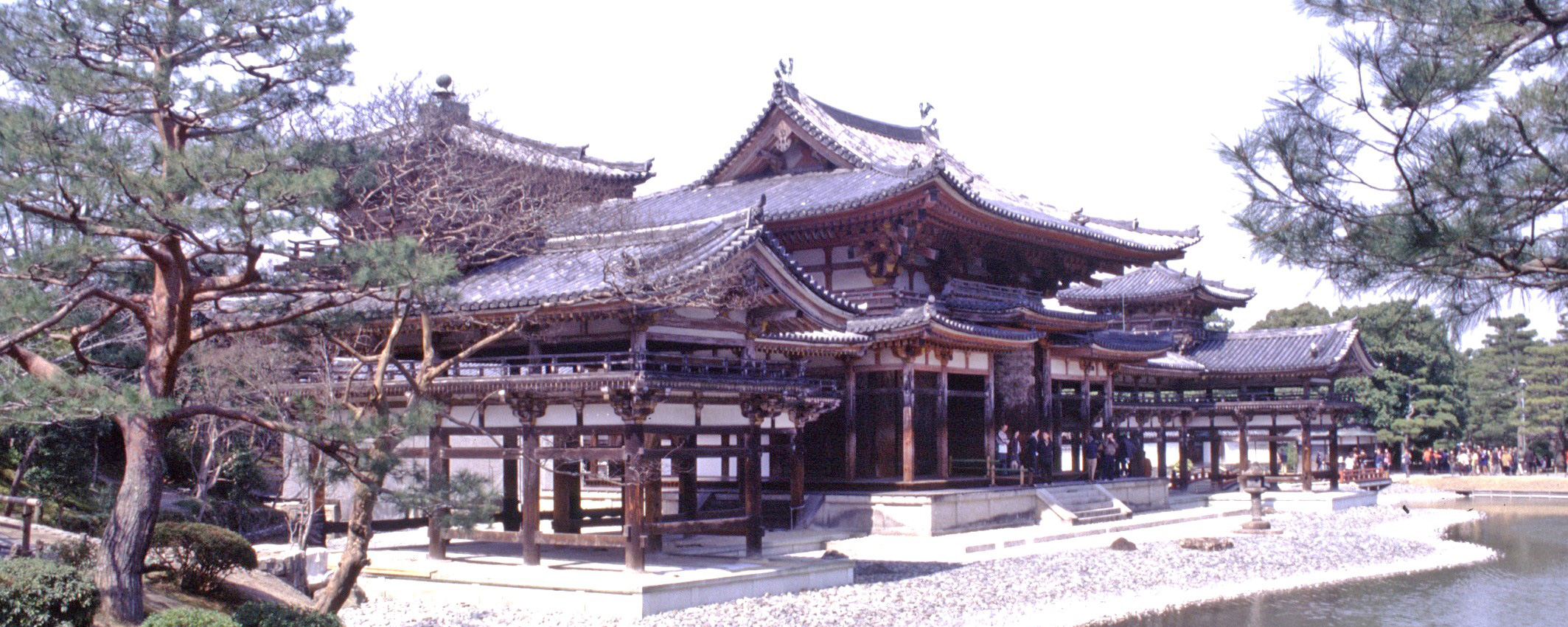 |
CCHU9075 Arts and Humanities
|
Course Description
The course introduces the knowledge of Buddhist architecture in China and Asia, looking into its physical and visual significance, as well as aesthetic idea and spatial practice. By studying selected examples of monastery, it reviews form and space, visual representation and meaning, artistic creation and garden making, ritual performance and spiritual aspiration. Exploring such a wide range of issues enables us to unfold the richness of Buddhist built environment. Taking both historical and cross-cultural perspectives, the course addresses these inquiries by investigating how architectural concepts are developed within and across Asia’s interconnected regions. Beyond chronological and thematic examinations of cave temples, pagodas, monasteries, gardens, sculptures, and paintings, the course also discusses the role of the Buddhist monastery as the living place of monastics, and in a broader context, the worship center, the secluded hermitage, and the contemplative landscape.

Course Learning Outcomes
On completing the course, students will be able to:
-
- Analyze physical and visual forms of Buddhist architecture, articulate their meaning in relation to the tenets and traditions of Buddhism.
- Understand Buddhist architecture across diverse cultural interactions and historical ties between China and Asia’s interconnected regions.
- Demonstrate an awareness of how Buddhist architecture transformed in time, and explain the transformation within historical and religious contexts.
- Explore ways in which the knowledge of Buddhist architecture can benefit the contemporary practice of architectural and visual design.
Offer Semester and Day of Teaching
First semester (Wed)
Study Load
| Activities | Number of hours |
| Lectures | 20 |
| Tutorials | 10 |
| Fieldwork / Visits | 10 |
| Reading / Self-study | 20 |
| Assessment: Essay / Report writing | 30 |
| Assessment: Presentation (incl preparation) | 30 |
| Total: | 120 |
Assessment: 100% coursework
| Assessment Tasks | Weighting |
| Essay and reports | 30 |
| Project presentation | 20 |
| In-class participation | 20 |
| Field trip report | 10 |
| In-class quizzes | 20 |
Required Reading
- Boyd, A. (1962). Religious and funerary buildings. Chinese Architecture and Town Planning 1500 B.C. – 1911 A.D. London: Alec Tiranti.
- Fu, X. (2017). Early Buddhist architecture in China. Traditional Chinese Architecture: Twelve Essays. New Jersey: Princeton University Press.
- Inoue, M. (1985). Pictorial Composition. Space in Japanese architecture (1st ed.). Weatherhill. [pp. 49-84]
- Isozaki, A. & Stewart, D. B. (2006) Japan-ness in architecture. Cambridge, Mass: MIT Press. [Chaps. 13, 15, 16]
- Prip-Møller, J. (1937). Chinese Buddhist monasteries: Their plan and its functions as a setting for Buddhist monastic life. London: Oxford University Press. [Chaps. 1, 2 (pp. 1–195)]
- Wu, H. (1992). Reborn in Paradise: A Case Study of Dunhuang Sutra Painting and its Religious, Ritual and Artistic Context. Orientations, 23(5), 52-60.
Course Co-ordinator and Teacher(s)
| Course Co-ordinator | Contact |
| Professor W.J. Wang Department of Architecture, Faculty of Architecture |
Tel: 3910 2101 Email: wjwang@hku.hk |
| Teacher(s) | Contact |
| Professor W.J. Wang Department of Architecture, Faculty of Architecture |
Tel: 3910 2101 Email: wjwang@hku.hk |
| Dr Z. Xu Department of Architecture, Faculty of Architecture |
Tel: 2859 2147 Email: xuzhu@gmail.com |

